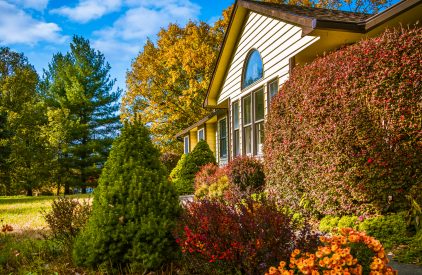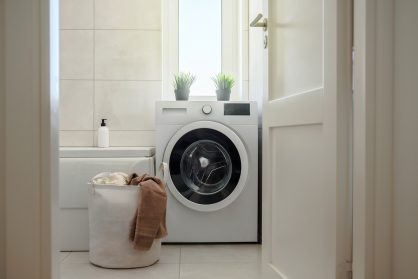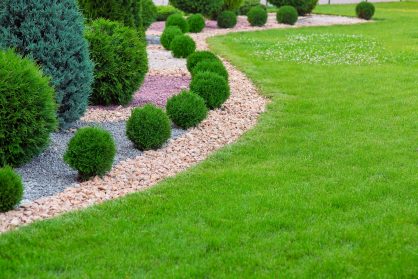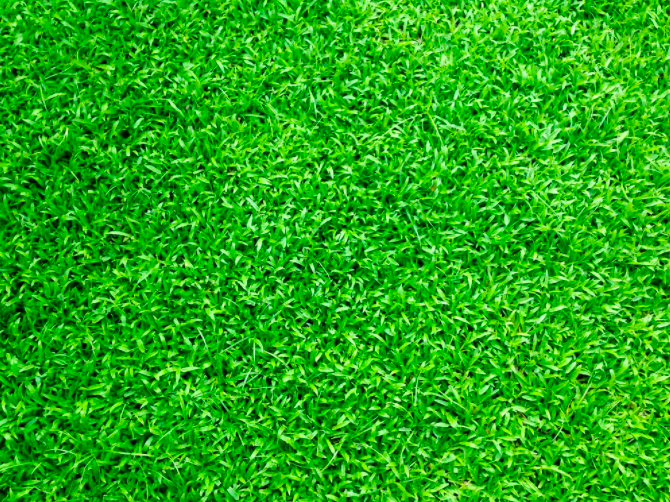Check out these tips from the district on managing your water for each part of your home. You may also read more about water conservation HERE.

Don’t pre-rinse dishes. You’ll save up to 20 gallons per load, or approximately 6,500 gallons per year. Save water by using the dishwasher only when fully loaded.
Install a faucet aerator. It mixes water with air and can reduce water use by up to 50%. Address drippy faucets quickly to conserve water.
Use a basin or dishpan to rinse fruits and vegetables instead of letting the water run.
Use drought-resistant plants. Native species are adapted to local conditions and typically require less water and maintenance.
Mulch your landscape beds. A 2–3 inch layer of mulch helps retain soil moisture and suppress weeds. Avoid over-mulching, which can suffocate plant roots.
Raise your mower height. Grass cut shorter than 2 inches is more prone to drought stress, weeds, pests, and disease. Aim to mow at 2.5 to 3.5 inches, adjusting for the season and grass type.


Wash only full loads. An automatic washing machine typically uses 32 to 59 gallons of water per load.
When washing smaller or lighter loads, use the lowest water-level setting available on your machine.
Use cold water as often as possible to save energy and conserve hot water for other household needs.
Don’t use your toilet as a wastebasket. Flushing tissues, cotton swabs, or other trash wastes water and can damage plumbing.
Displace water in older toilet tanks. For toilets made before the 1980s (which use 5–7 gallons per flush), place a toilet dam, plastic bottle, or sealed bag of water in the tank to reduce water usage per flush.
Install a low-flow showerhead. This is one of the most effective water-saving upgrades you can make in your home—cutting water use without sacrificing water pressure.


Don’t use your toilet as a wastebasket. Flushing items like tissues or wipes wastes water and can cause plumbing problems.
Reduce toilet flush volume by placing a toilet dam, a plastic bottle, or a bag filled with water in the toilet tank. This is especially effective for toilets made before the 1980s, which typically use 5–7 gallons per flush.
Install a low-flow showerhead. This is one of the most effective ways to save water in your home without sacrificing comfort.
Recommended Lawn Watering Frequencies (General Guidelines):
Buffalo Grass: Every 2–5 weeks (highly drought-tolerant)
Bermuda Grass: Every 7–10 days
Zoysia Grass: Every 7–10 days
St. Augustine Grass: Every 5 days
🛈 Note: Watering needs may vary depending on soil type, weather, and shade conditions. It’s best to water early in the morning and follow local watering restrictions.


